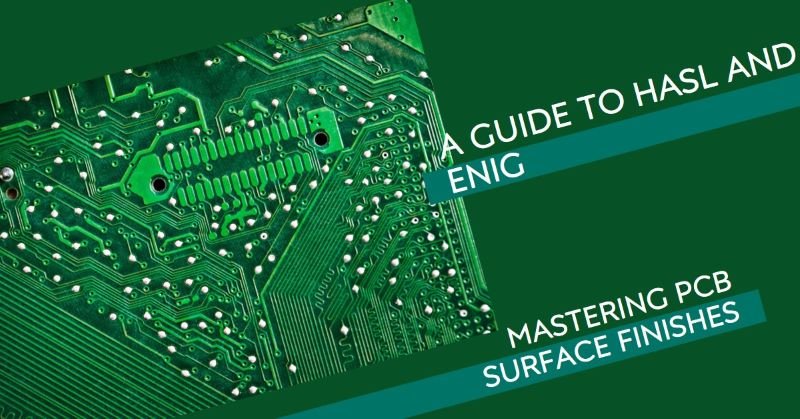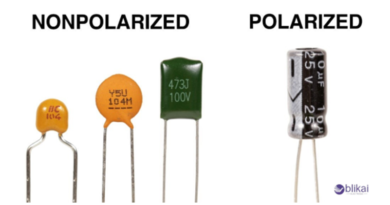Understanding HASL and ENIG Surface Finishes for PCBs
In the world of printed circuit boards (PCBs), choosing the right surface finish is crucial for ensuring reliability and performance. Two popular finishes are Hot Air Solder Leveling (HASL) and Electroless Nickel Immersion Gold (ENIG). Each has its own advantages and potential drawbacks. In this article, we will compare HASL and ENIG surface finishes to help you determine the best option for your PCB applications.
What is HASL?
HASL, or Hot Air Solder Leveling, is a popular method used in the printed circuit board (PCB) manufacturing process. This technique involves dipping the PCB into molten solder and then using hot air knives to remove excess solder, leaving a uniform layer on the board. HASL is favored for its reliability and cost-effectiveness.
Advantages of HASL
One of the main advantages of HASL is its affordability. It is one of the least expensive surface finish options available, making it ideal for budget-conscious projects. Additionally, HASL provides a robust and durable solder coating that enhances the PCB’s lifespan. The process also ensures excellent solderability, which is crucial for the efficient assembly of electronic components.
Disadvantages of HASL
Despite its benefits, HASL does have some drawbacks. The primary disadvantage is its uneven surface finish. This can be problematic for fine-pitch components and high-density PCBs, where precision is critical. Moreover, the thermal stress involved in the HASL process can lead to potential warping or damage, particularly in multilayer boards. Lastly, HASL is not the best choice for lead-free applications due to the difficulty in achieving a consistent and reliable finish with lead-free solder.
What is ENIG?
ENIG stands for Electroless Nickel Immersion Gold, a type of surface finish used in the manufacturing of printed circuit boards (PCBs). This finish comprises a thin layer of gold over a layer of nickel, which sits on the copper traces of the PCB. ENIG is popular due to its excellent solderability and extended shelf life, making it a preferred choice in the electronics industry.
Advantages of ENIG
One of the main advantages of ENIG is its superior flatness, which is crucial for the mounting of surface-mount devices (SMD). The gold layer offers excellent protection against oxidation, ensuring reliable electrical connections. Additionally, ENIG provides a uniform surface finish that is highly conducive to fine-pitch components, making it ideal for modern, high-density PCB designs.
Disadvantages of ENIG
Despite its many benefits, ENIG is not without its drawbacks. The process of applying ENIG is complex and costly, often making it more expensive than other surface finishes. Another potential issue is the “black pad” phenomenon, where excessive nickel corrosion can occur, leading to poor solder joints. This problem, however, can be mitigated through careful process control and quality assurance measures.
Application Suitability
When choosing between HASL and ENIG, consider the specific requirements of your application. HASL is a great choice for budget-conscious projects that do not require extremely fine-pitch components. On the other hand, ENIG is better suited for applications demanding high precision, such as aerospace, medical devices, and advanced consumer electronics. Your decision should be guided by the balance between cost, mechanical strength, and the need for a flat surface finish.
Key Comparisons
When comparing HASL and ENIG, several factors come into play:
- Cost: HASL is more cost-effective, making it a popular choice for budget-conscious projects.
- Solderability: Both finishes offer good solderability, but HASL may require more rework due to its uneven surface.
- Component compatibility: ENIG is better suited for fine-pitch and sensitive components due to its flat, smooth surface.
- Durability: ENIG provides superior corrosion resistance and a longer shelf life compared to HASL.
Conclusion
Both HASL and ENIG have their unique benefits and ideal use cases. HASL offers durability and cost-effectiveness, while ENIG provides excellent planarity and corrosion resistance. By understanding the strengths and limitations of each surface finish, you can make an informed decision that aligns with the requirements of your PCB application, ensuring optimal performance and reliability.








